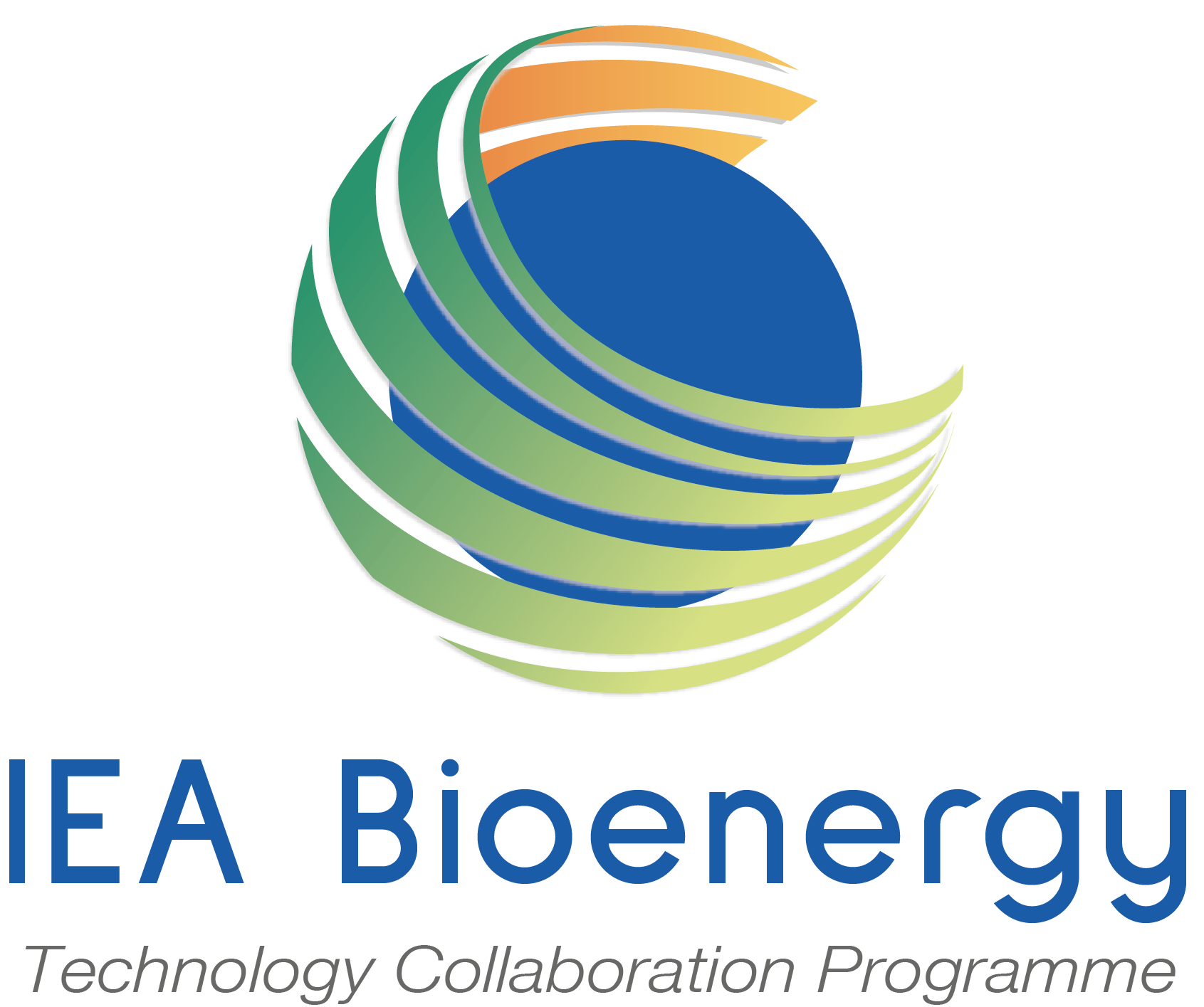This website uses cookies so that we can provide you with the best user experience possible. Cookie information is stored in your browser and performs functions such as recognising you when you return to our website and helping our team to understand which sections of the website you find most interesting and useful.

Publications
-
Workshop report: Waste for feedstock recycling – Challenges and opportunities
Nov 2020Report of a digital workshop held on June 15, 2020. The workshop was organized by members of the US Department of Energy (USDOE) and Office of Energy Efficiency and Renewable Energy (EERE), within the framework of IEA Bioenergy Task 36 (Material and Energy Valorisation of Waste in a Circular Economy). The purpose of this workshop […]
read more -
Webinar: Valorisation of fly ash from Waste-to-Energy
Oct 2020IEA Bioenergy Task 36 organized an international technical webinar entitled “Valorisation of fly ash from Waste-to-Energy” the 7th of October. The webinar included presenters from a number of fly ash treatment technologies either commercially available or under development in Europe. In addition, the webinar gave an overview of the fly ash handling in Europe […]
read more -
Industrial Process Heat Case Study: Waste-to-Energy for the production of steam for paper production
Oct 2020In order to reduce its dependence on oil and electric power, Nordic Paper decided to start their own energy production with municipal waste as fuel. The reason was mainly economic in a time with volatile energy prices around 2005–2008. For this reason, Åmotfors Energi was founded with the main purpose to provide the paper […]
read more -
Report: Trends and drivers in alternative thermal conversion of waste
Sep 2020Trends and drivers in alternative thermal conversion of waste This report, prepared by IEA Bioenergy Task 36, discusses both trends impacting solid waste management systems within EU countries as well as selected alternative thermal treatment technologies such as pyrolysis and gasification. Aspects concerning technology readiness and affordability are highlighted as well as the need to […]
read more -
Report: Trends in the use of solid recovered fuels
May 2020The Report provides a background reference on terminology and origin (waste stream and treatment processes) of solid recovered fuels (SRF) and a brief analysis of the SRF market in a selection of countries in Europe, Asia and Africa. The focus is on the current role of SRF (production and final end uses) in the waste-to-energy […]
read more -
Workshop Technology pathways for energy recovery from waste in a Circular Economy, Brisbane, november 2019
Dec 2019The presetations and the workshop summary report can be download from the item list below: Task memebers presentations: US Case studies on Energy Recovery from Wate, Beau Hoffman, US Department of Energy Guests’ presentations: Biofutures, Michael Burke, Qld Government Developing Queensland’s energy-from-Waste policy, Esther Richards, Qld Goverment_ Social Licence to Operate and Public Acceptance […]
read more -
Biomass pre-treatment for bioenergy. Case study 3: MSW pre-treatment for gasification
Nov 2019Biomass pre-treatment for bioenergy – Case study 3: Pretreatment of municipal solid waste (MSW) for gasification Gasification is a flexible technology for converting solid fuels into heat, power, chemicals or fuels. When applied to biomass-based materials, carbon-neutral energy production is possible. Biomass gasification is a well-established technology, but typical biomass feedstock materials tend […]
read more -
Workshop on Nutrient Recovery, Stockholm, May 7, 2019
Jun 2019For a number of years now there has been an increased focus in Europe on the nutrients that are lost through linear use/treatment of waste (specifically food/organic waste fractions in MSW and sewage sludge). Connected with the fact that the market for phosphorus being dominated by Morocco and Western Sahara having around 80% of the […]
read more -
Waste Energy for the Future
Mar 2019 read more

